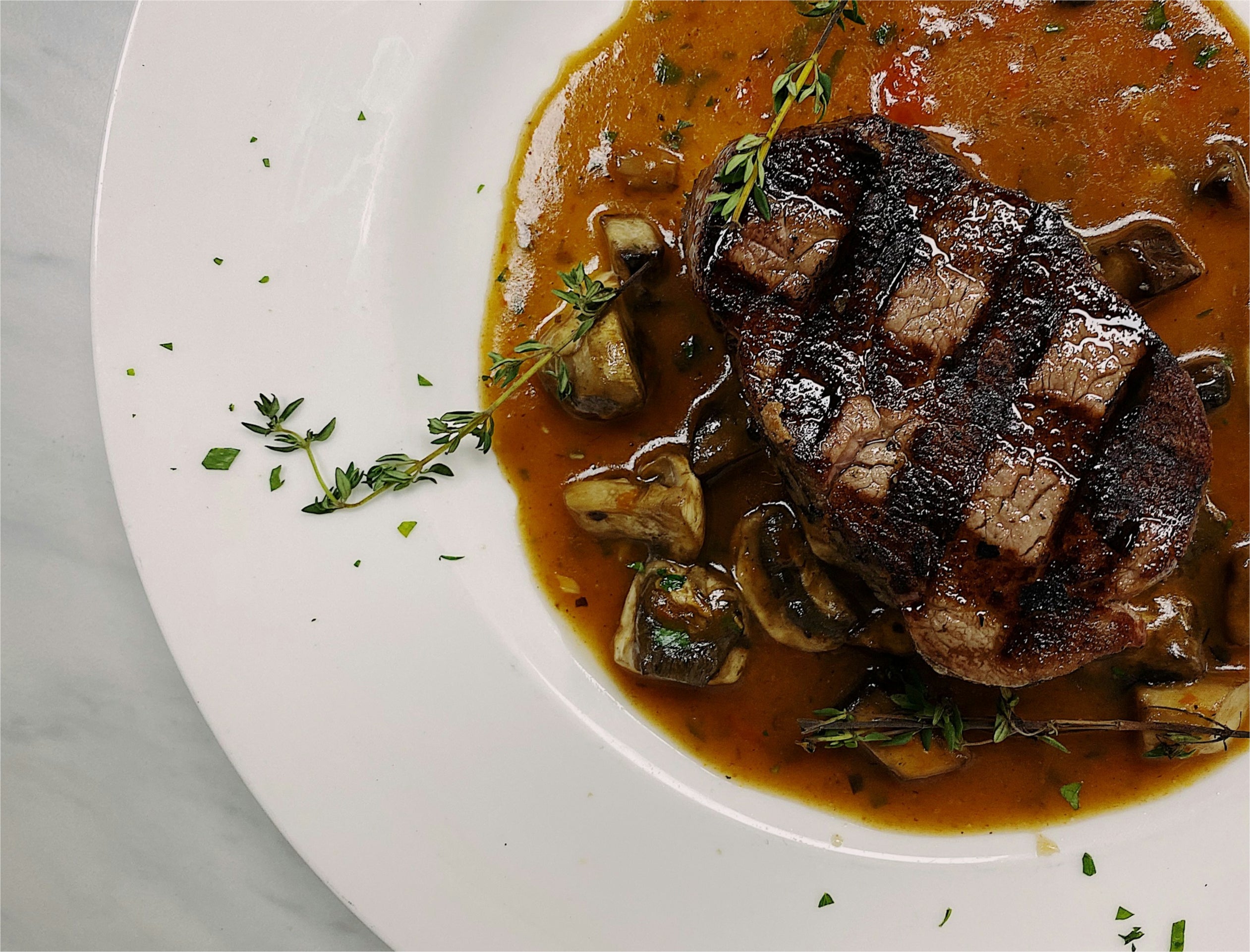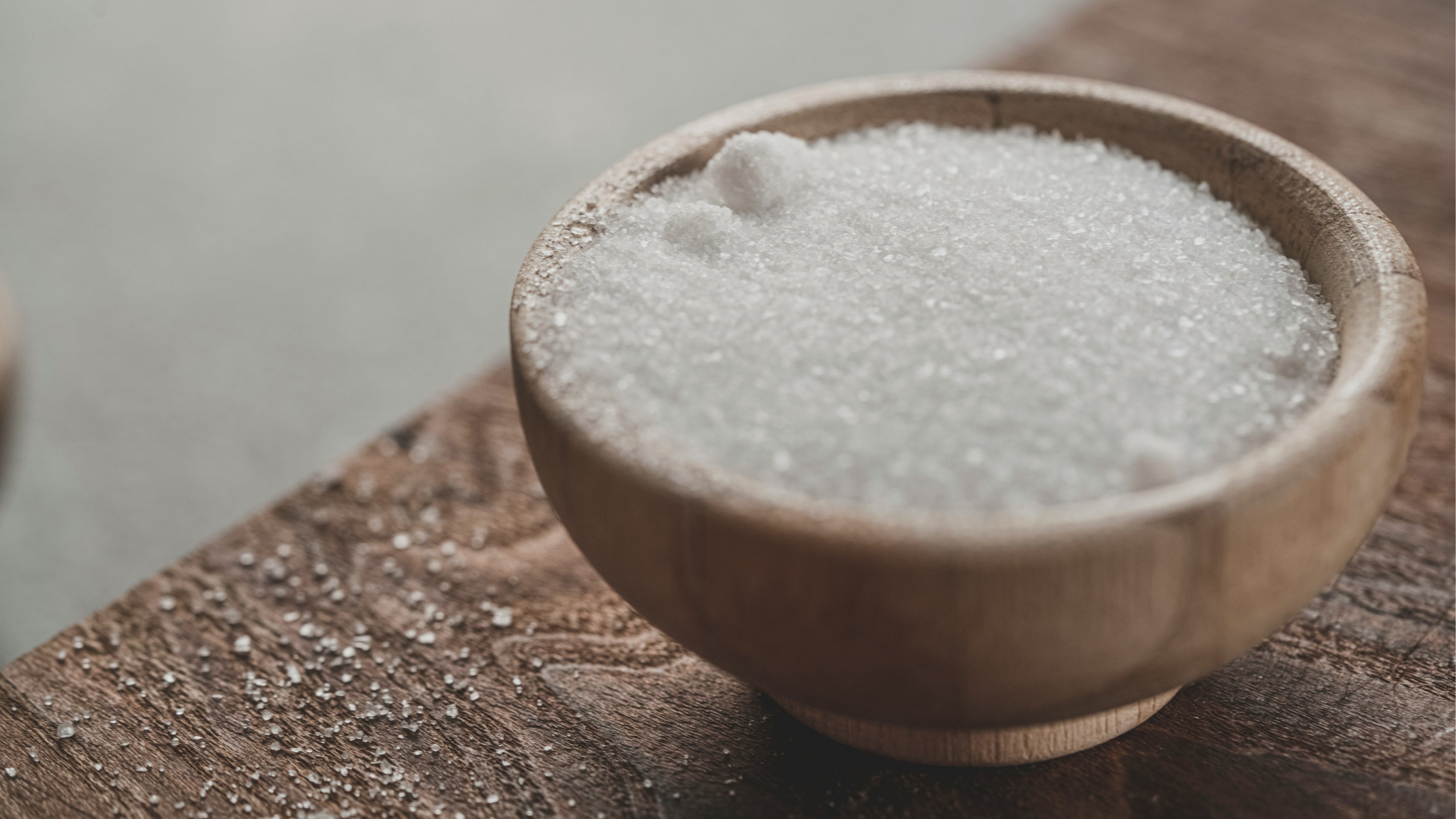Cooking steak is both an art and a science. Achieving that perfect sear on the outside while maintaining a juicy, tender interior is the goal of many home cooks and professional chefs alike. Whether you're preparing a romantic dinner for two or impressing guests at a dinner party, mastering the art of cooking steak is a skill worth acquiring. This comprehensive guide will take you through every step of the process, from selecting the right cut of meat to serving it up with the perfect accompaniments. By the end, you'll have all the knowledge and techniques at your fingertips to cook steak to perfection every time.
Understanding Steak Cuts
The journey to a perfect steak starts with selecting the right cut. Each cut comes from a specific part of the cow and has unique qualities in terms of flavor, tenderness, and cooking methods best suited to it.
- Ribeye: Known for its rich marbling, which adds flavor and juiciness.
- Filet Mignon (Tenderloin): Prized for its tenderness, it's less marbled but incredibly soft.
- Sirloin: Offers a good balance of flavor and tenderness, less fatty than ribeye.
- T-Bone/Porterhouse: These are essentially two steaks in one, featuring both a tenderloin and a strip steak separated by a T-shaped bone.
- Flank: Leaner and more fibrous, excellent for marinating.
Understanding the characteristics of these cuts will help you choose the right steak for your meal and ensure you cook it in a way that brings out its best qualities.
Preparation for Cooking
Proper preparation is the foundation of a great steak. The first step is to allow your steak to come to room temperature, which is crucial for even cooking. While 30-40 minutes is a common guideline, this can vary based on the steak's thickness and the room's temperature. Thicker cuts might need more time, so be patient and ensure the steak isn't cold in the center before cooking.
Seasoning is the next critical step. A simple seasoning of salt and pepper might suffice, but don't hesitate to explore with additional herbs and spices to tailor the flavor to your liking. Ensure you have the right tools at hand—a heavy-duty skillet, preferably cast iron, for pan-searing and a reliable meat thermometer to gauge doneness accurately.
Pro-Tip
A personal favorite technique of mine, which I highly recommend, is to salt brine your steak in the fridge. To do so, simple season the steak generously with salt and let it sit uncovered in the refrigerator overnight or even a few days if you're adventurous.
Cooking Techniques
Pan-Searing
Pan-searing is popular for its ability to create a delicious crust. Start with a very hot pan, add a high-smoke-point oil, and don't crowd the steaks. Sear each side until a crust forms, then lower the heat to finish cooking to the desired doneness.
Grilling
Grilling imparts a smoky flavor that's hard to beat. Ensure your grill is hot before adding the steaks, and avoid flipping them too often. A good rule of thumb is to turn them once halfway through the estimated cooking time.
Broiling
Broiling is a great option when grilling isn't possible. Position the steak a few inches below the broiler element and monitor closely, as the high heat cooks the meat quickly.
Sous-Vide
For those seeking precision, sous-vide allows you to cook the steak to the exact desired temperature in a water bath before finishing it off with a quick sear for texture.
Determining Doneness
The touch test is a traditional method where the firmness of the steak is compared to the fleshy part of your hand under the thumb. However, for accuracy, nothing beats a digital meat thermometer. Here are the temperatures for steak doneness:
- Rare: 120-130°F (49-54°C)
- Medium Rare: 130-135°F (54-57°C)
- Medium: 135-145°F (57-63°C)
- Medium Well: 145-155°F (63-68°C)
- Well Done: Over 155°F (68°C)
It's important to note that the temperatures listed above are the recommended target temperatures after the steak has rested, not right off the heat. This distinction is crucial because the internal temperature of the steak will continue to rise slightly during resting due to residual heat, a phenomenon known as carryover cooking.
Here's a rough guide to how much you can expect the steak's temperature to rise during resting:
- For thinner steaks (up to 1 inch thick): Expect a temperature rise of about 5°F (3°C).
- For thicker steaks: The temperature can increase by as much as 10°F (6°C).
By pulling the steak off the heat slightly below the desired final temperature, you'll allow the steak to reach the perfect level of doneness during its rest period. This approach helps avoid overcooking and ensures a juicy, tender steak with every cook.
Resting the Steak
Resist temptation and let your steak rest! Resting allows the juices to redistribute throughout the steak, ensuring it's moist and flavorful. As a general rule of thumb, let your steak rest for about 5 minutes per inch of thickness.
Serving Suggestions
Pair your perfectly cooked steak with sides that complement its richness. Think roasted vegetables, creamy mashed potatoes, or a fresh salad. Don't forget the sauce—classic options include béarnaise, peppercorn, or a simple compound butter.
Common Mistakes to Avoid
- Skipping the Rest: Cutting into the steak immediately after cooking will cause valuable juices to be lost.
- Overcooking: It's easier to add heat than to take it away. Err on the side of caution and remember the steak will continue to cook slightly while resting.
- Moving the Steak Too Much: Whether on the grill or in the pan, let the steak develop a crust before moving or flipping it.
Conclusion
Cooking the perfect steak is within reach for any home cook willing to pay attention to the details. From selecting the right cut to mastering various cooking techniques and understanding the importance of resting, each step plays a crucial role in the final outcome. Experiment with different cuts, seasonings, and methods to find your perfect steak preparation. Remember, practice makes perfect, and every steak you cook is an opportunity to refine your skills. Enjoy the process and the delicious rewards of your efforts!



Leave a comment
All comments are moderated before being published.
This site is protected by hCaptcha and the hCaptcha Privacy Policy and Terms of Service apply.